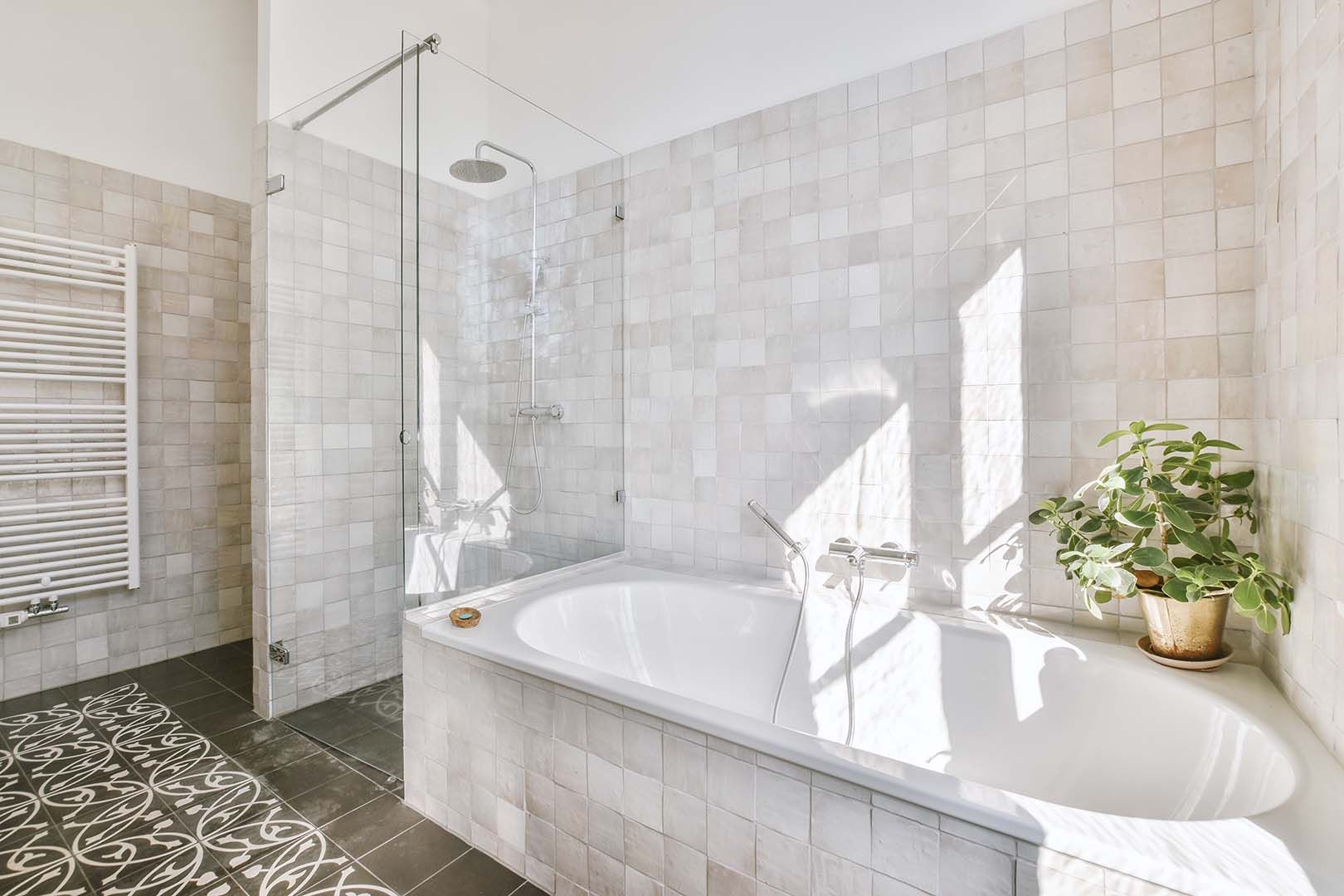Things to Consider Before Converting Your Shower Into a Bathtub

Dreaming of swapping your daily stand-up shower for a relaxing soak in a spa-like bathtub? Whether you're looking to unwind after a long day or simply want to elevate your bathroom’s comfort and style, a shower-to-tub conversion can be a great upgrade. But like any home improvement project, it comes with important decisions.
From layout and plumbing to permits and product choices, knowing what to expect ahead of time can help you avoid stress and costly mistakes.
Superior Plumbing is here to guide you through the essential steps and considerations to make your bathroom and plumbing transformation smooth, efficient, and tailored to your needs.
Can I Convert a Shower Into a Bathtub in Any Bathroom?
A shower-to-bathtub conversion is often more straightforward than you might think — especially with the right contractor guiding the process. However, whether it’s feasible depends largely on your available space, layout, and overall goals for the remodel.
Start with the right measurements
The first step is assessing your current shower area. How big is it? A qualified contractor will take precise measurements to determine which bathtub models, if any, can fit your existing space. With the right dimensions and placement, your old shower footprint can be transformed into a comfortable, functional tub area.
Consider the size and layout
Your bathroom’s layout plays a big role in what type of tub you can install. A good rule of thumb is:
- Single Shower Stall: Typically accommodates a compact or standard-size tub.
- Double Shower Stall or Larger: May allow for a larger soaking tub, walk-in tub, or even a whirlpool option.
It’s important to remember that bathtubs generally require more space than showers. In smaller bathrooms, adding a tub may make the space feel cramped or less functional. In those cases, sticking with a shower might be the better choice for both comfort and practicality.
Will I Need to Modify the Plumbing?
In most shower-to-bathtub conversions, some level of plumbing modification is required — but how much depends on your existing setup and the type of bathtub you’re installing. Before starting, your contractor should discuss whether your current drain can be reused or needs to be removed, and, if so what changes are needed and how they’ll impact your budget and timeline.
If your shower was already located near the main water and drain lines, the plumbing changes may be minimal, which is ideal because this usually means the existing drain and supply lines can be reused.
However, if the drain is in the wrong location or if the new tub has different plumbing requirements, adjustments or pipe replacement will be necessary.
Key factors that affect plumbing changes include:
- Drain location and type
- Condition of existing plumbing
- Type and size of bathtub
- Local plumbing codes and requirements
Structural plumbing reinforcements
To ensure proper installation, your contractor may recommend extra steps like waterproofing, structural reinforcements, surround installation, and fixture upgrades. Because of the potential complexity, it’s highly recommended to work with a licensed plumber or remodeling contractor who understands both the plumbing and construction sides of the project.
What Kind of Bathtubs Work Best for Shower Conversions?
When converting a shower into a bathtub, choosing the right style is key to making the most of your space and meeting your personal needs. The best tub for your conversion will depend on your layout, budget, lifestyle, and whether you need added accessibility.
Two popular shower-to-tub bathtub options include:
Standard bathtubs
A traditional and cost-effective choice, standard alcove or platform tubs are ideal for fitting into the existing shower footprint. These tubs come in a variety of shapes (rectangular, oval, or even corner styles) and are often made of acrylic, fiberglass, or enameled steel.
Walk-In tubs
If safety and accessibility are top priorities, walk-in tubs are an excellent solution. Designed with low thresholds and watertight doors (inward or outward swinging), these tubs offer non-slip surfaces, grab bars, and ADA-compliant seating, which can accommodate mobility concerns.
Additional bathtub styles to consider:
- Alcove Tubs – Great for small spaces; fit snugly between three walls.
- Freestanding Tubs – Stylish and luxurious, but best suited for larger bathrooms.
- Soaking Tubs – Deeper designs for full-body relaxation.
- Whirlpool Tubs – Jet-powered for therapeutic use.
Are There Alternatives If I Want Both a Shower and a Tub?
If you're torn between the relaxation of a tub and the convenience of a shower, the good news is you don’t have to choose just one. There are several smart design alternatives that let you enjoy both a shower and a bathtub in the same space.
Separate shower and freestanding tub
For a luxurious, spa-like experience, consider installing a walk-in shower alongside a freestanding soaking tub. This setup offers flexibility for different preferences and adds a high-end feel to your bathroom. Keep in mind, it does require more floor space, so it's best suited for medium to large bathrooms.
Tub inside a wet room
If space is limited but you still want both options, a wet room design may be the solution. This approach places the bathtub inside the walk-in shower area, enclosed by a single waterproof zone. The entire area is sealed and drain-equipped, making cleanup easy and ensuring maximum functionality. It's sleek, modern, and a great way to combine both bathing options efficiently.
Set Up Your Shower-to-Tub Plumbing Properly with Superior Plumbing
A successful shower-to-tub conversion starts with safe, efficient plumbing done right the first time.
Contact Superior Plumbing today
to schedule a consultation and bring your bathroom vision to life with expert guidance every step of the way.
